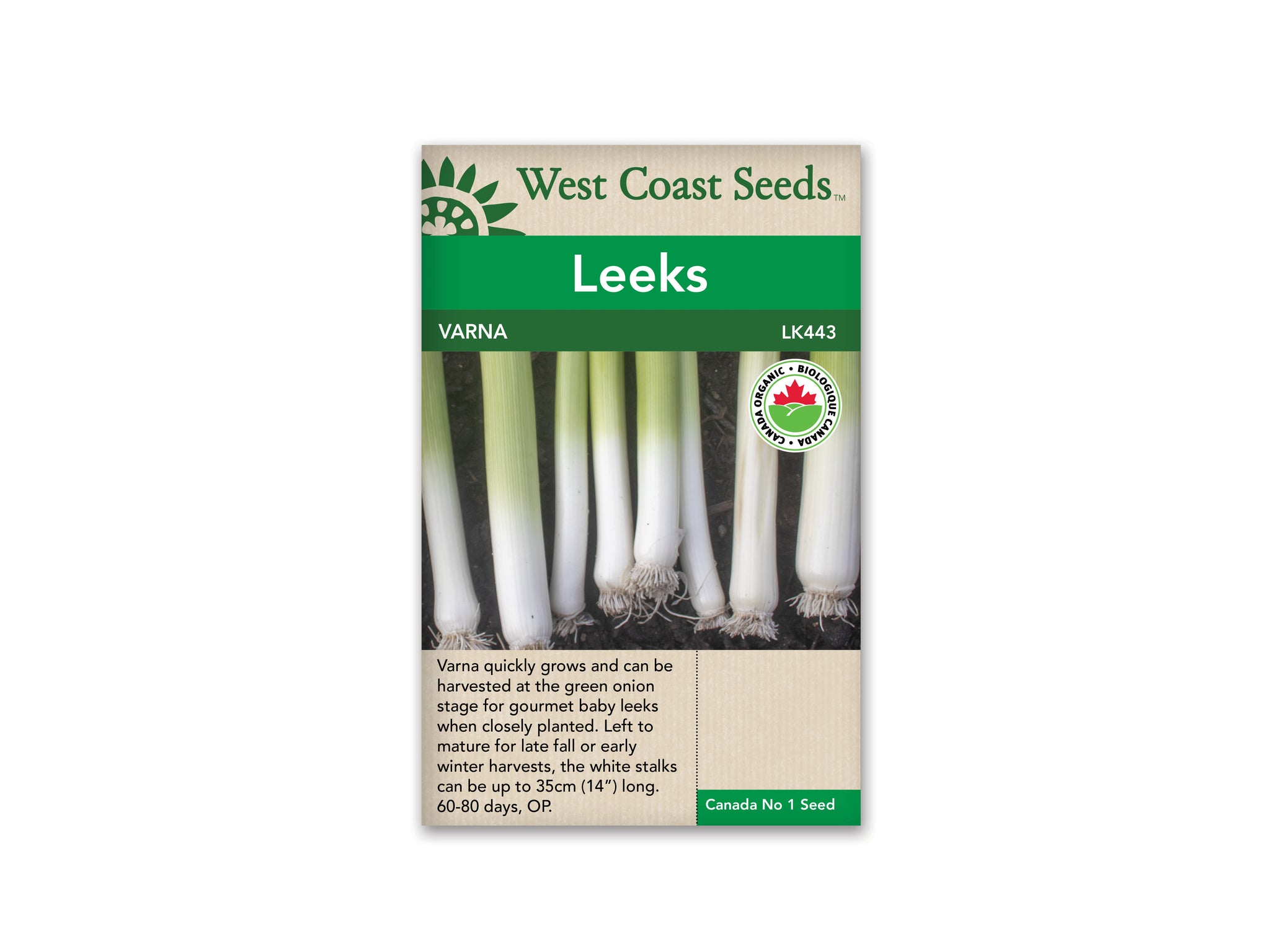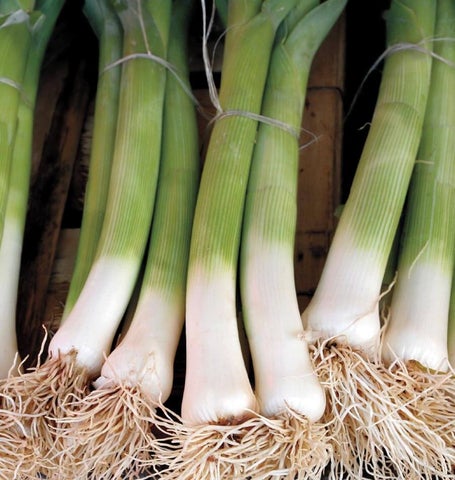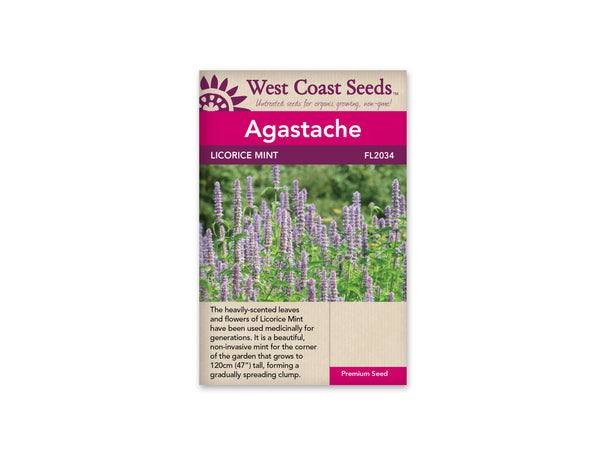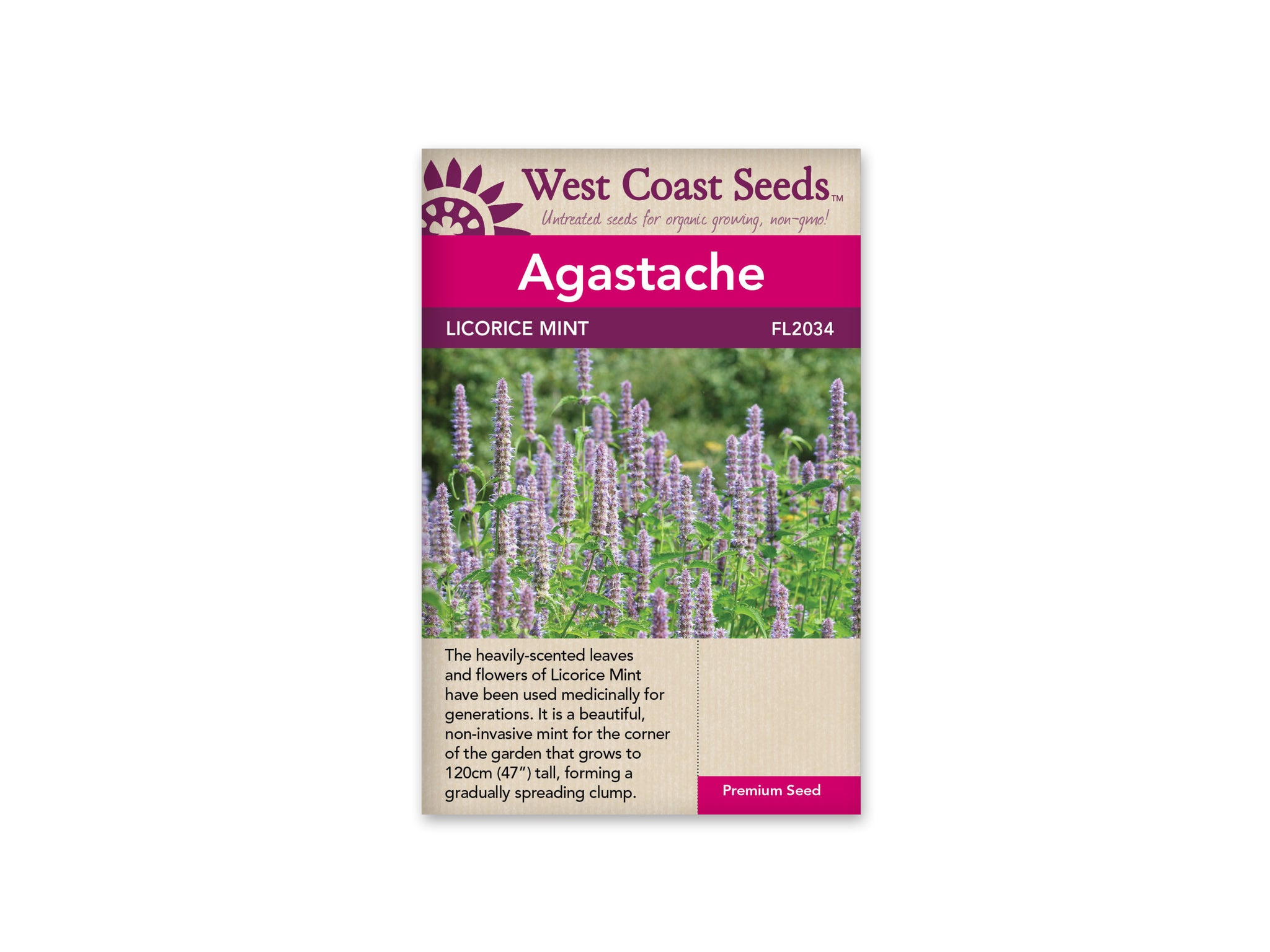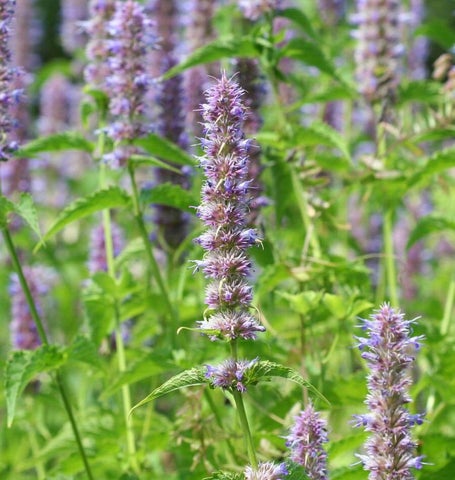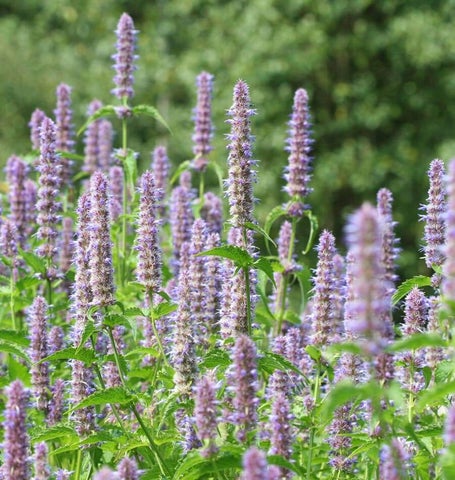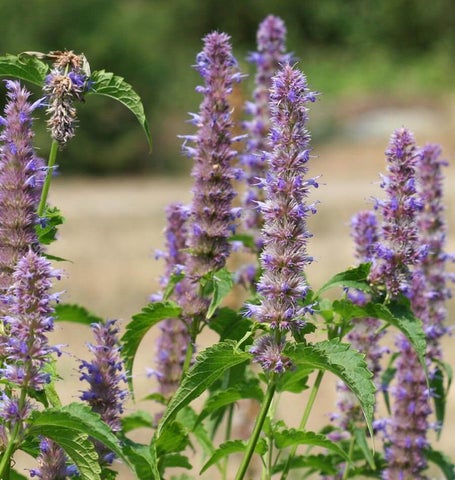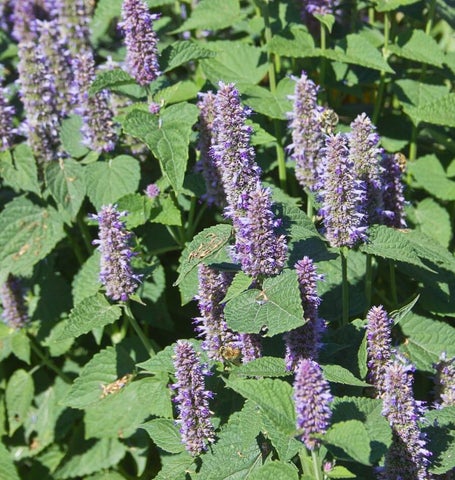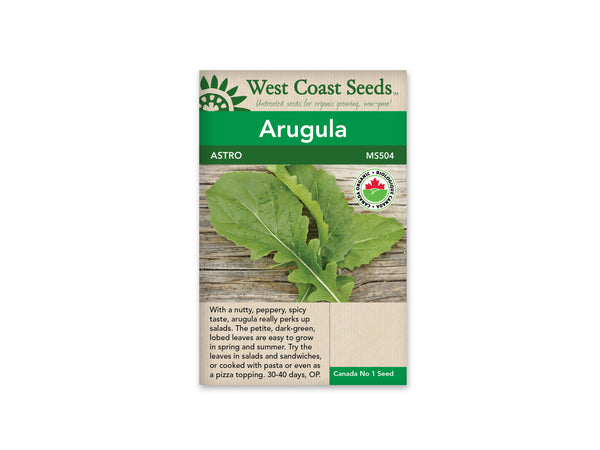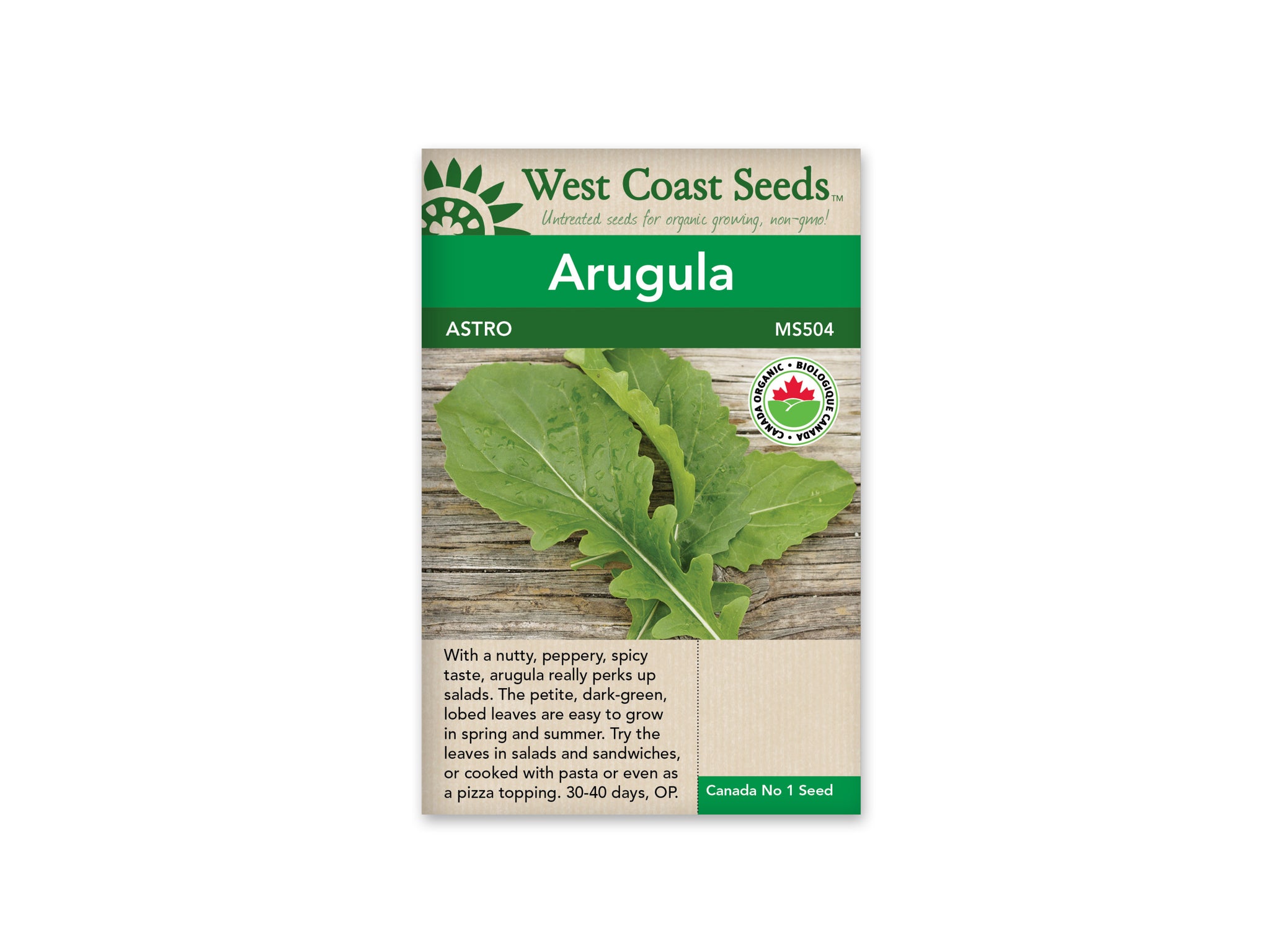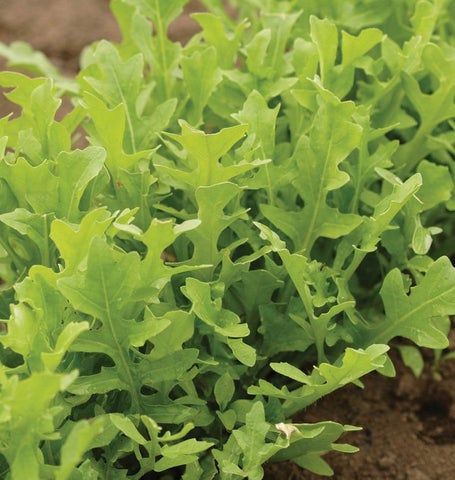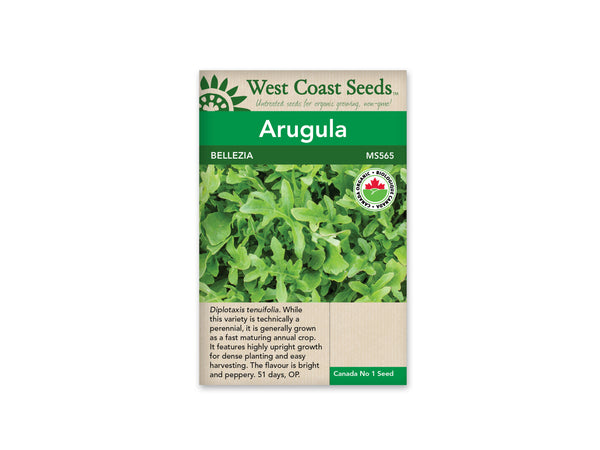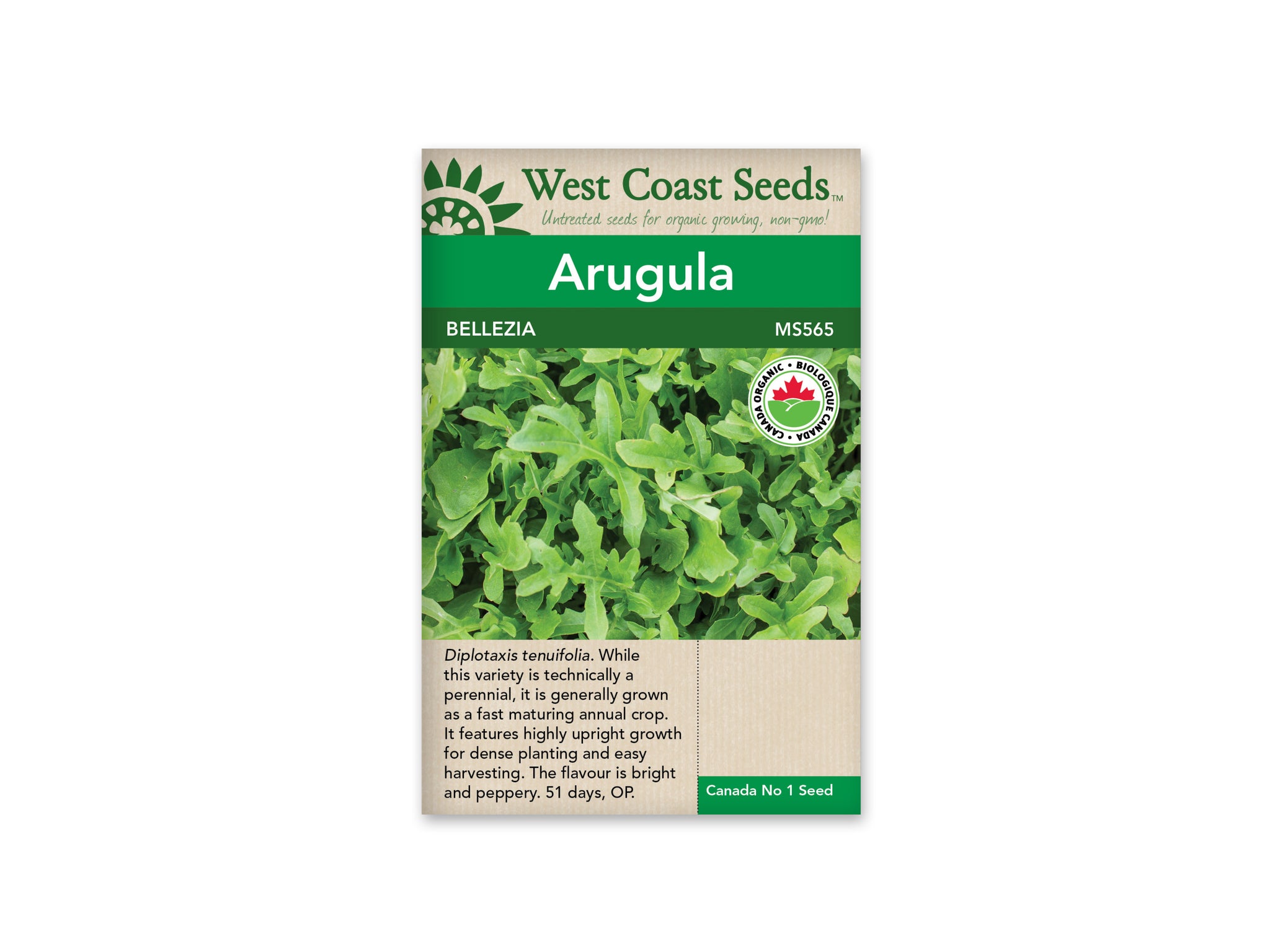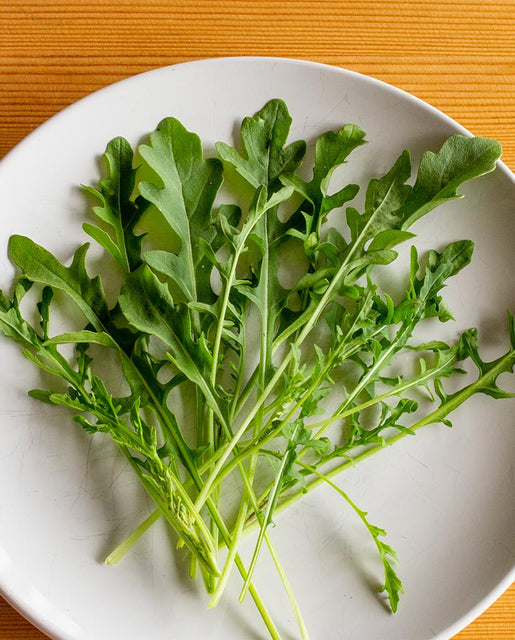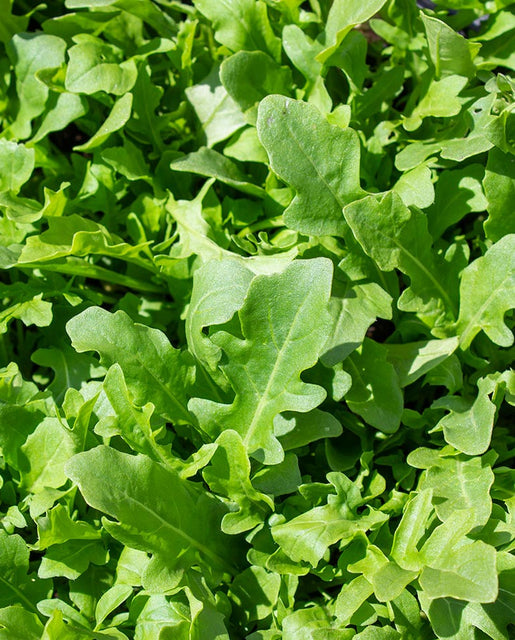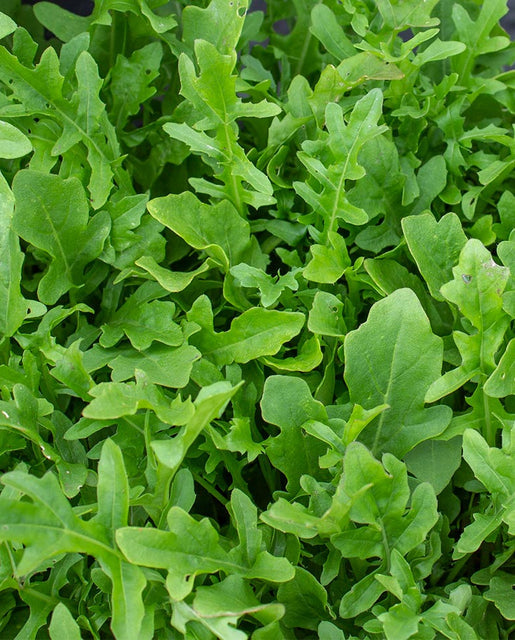Canadian Orders: Flat-Rate Shipping on Orders over $75 | Orders Over $150 Ship Free!
-
Shop
- New Arrivals
- Gardening
- Seeds
- Children + Baby
- Bath + Skin Care
- Baby Toys
- Books
- Puzzles + Games
- Loose Parts + Creative Play
- The Little Naturalist
- Play Chef
- Slings
- Apothecary
- Kids Lunches
- Accessories
- Sustainable Living
- Brushes / Brooms
- Food Storage
- Outdoors
- Coffee, Tea, Chocolate + Honey
- Coffee + Tea Accessories
- Water bottles + Travel Mugs
- Cookbooks
- Dishwashing
- Laundry
- Cleaners
- Accessories
- On The Go Essentials
- Self Care
- Face Care
- Body Care
- Hair Care
- Cosmetics
- Deodorant
- Toothpaste + Oral Care
- Sun Care
- Accessories
- Zero Waste Bathroom
- Soap
- Essential Oils
- For Men
- Books
- Apothecary + Natural Supplements
- Pet Care
- Shop Local
- Bulk
- In Store Pick Up
- Home Improvement
- Paint & Stain
- Discover
- Bulk Bar
Leeks — Varna Organic
Sold Out $3.99
CERTIFIED ORGANIC! Varna Organic leek seeds produce what may be the ultimate summer leek. It grows so quickly that it can be harvested at the green onion stage for gourmet baby leeks when planted close together. Otherwise, grow this Bulgarian type leek out to full size at 45cm (18″) tall. The highly uniform, flavourful leeks are very cylindrical and quite thick. The dark green leaves are upright and rigid, with good tolerance to leaf diseases. Varna is named after a town (and region) in Bulgaria. Bulgarian type leeks are bred for size and flavour, and Varna lives up to both.
Matures in 60-80 days. (Open-pollinated seeds)
Quick Facts:
- Summer & fall harvest
- Fast growth
- Slender, uniform stalks
- Refined flavour
Size: 0.5g (approx. 134 seeds)
How To Grow: Leeks are a valuable addition to the garden because they can be used instead of pungent storage onions from October until April. Even in heavy soils, leeks are easy to grow and have lots of flavour. Continue reading to learn how to grow leeks from seed.
Difficulty
Easy, but slow. Transplanting is required.
Season & Zone
Season: Cool season
Exposure: Full-sun
Zone: Winter harvest leeks are hardy to Zone 7.
Timing
Start summer/fall harvest leeks 6-8 weeks before the last frost date, in flats indoors. Start winter harvest leeks indoors from March to mid-June. In mild winter areas, start them in a humus-rich nursery bed outside, and then transplant. Optimal soil temperature: 10-25°C (50-75°F). Seeds should sprout in 10-16 days.
Starting
In flats: Sow seeds 5mm (¼”) deep, about 1cm (½”) apart. Transplant when 20cm (8″) tall. Space 20cm (8″) apart in rows 45cm (18″) apart. Rows can be as narrow as 20cm (8") if planting in raised beds or other situation where weeding will be simple.
Growing
Ideal pH: 5.-6.5. Leeks have short roots, so the benefit from fertile soil with lots of compost and ½ cup balanced organic fertilizer worked in beneath each 2m (6′) of row. Traditional garden wisdom recommends using a dibber to make holes 15cm (6″) deep. Transplants are then set at the bottom of the hole and the hole is left unfilled – rain will fill it in as the leek grows. To blanch further up the stem, hill soil up around the stem as the leek grows, or mulch with straw.
However, the wise and much loved garden writer Linda Gilkeson asserts that there is no need to plant leeks into holes or trenches. She recommends transplanting the seedlings only at the depth of the soil plug they grow in. They will still produce nice, tall, blanched shanks, with no soil grains between the leaves.
In late fall, mulch around leeks as high up the stems as possible. If the forecast is for weather below -10° (14°Ï‚ cover them with a blanket or tarp.
Days to maturity: From transplant date.
Growing
Ideal pH: 6.0-6.5. Aim for a soil with ample drainage and lots of organic matter. Add compost and lime at least 3 weeks prior to planting. One cup of balanced organic fertilizer per 3m (10′) of row will give adequate nutrition. Seedlings should be hardened off by reducing water and putting the plants outdoors 2 or 3 days before transplanting. This will help to prevent transplant shock and premature bolting. Regular watering is essential to prevent leaves from developing a bitter taste.
Harvest
Dig at any size, as needed. If winter harvest leeks freeze solid, wait until they thaw out during a warm spell to harvest.
Seed Info
In optimal conditions at least 65% of seeds will germinate. Usual seed life: 1 year. Per 100′ row: 240 seeds, per acre: 70M seeds.
Diseases & Pests
Crop rotation is important for disease prevention. Tip burn (tips of leaves turning brown) is caused by a calcium deficiency. If you have limed, tip burn can be caused by nutrient imbalances or lack of moisture. Slugs are a problem in early and late plantings, so clean up their hiding places, and only water in the morning.
Companion Planting
Grow leeks with beets, carrot, celery, onions, and spinach. Avoid planting near beans and peas. Leeks help repel carrot rust flies.
Related Items
Agastache — Licorice Mint
Sold Out $3.49
Agastache foeniculum. With heavily licorice-scented leaves and tall spikes of edible lavender flowers, Licorice Mint has been used medicinally for generations. It also happens to...
View full product detailsArugula — Astro Organic
Sold Out $3.99
CERTIFIED ORGANIC! Astro organic arugula seeds produce a plant with leaves that are less lobed and more strap-like. It has a milder flavour than regular...
View full product detailsArugula, Wild — Selvatica Heirloom Organic
Sold Out $3.69
CERTIFIED ORGANIC! Diplotaxis tenuifolia. While technically this variety is a perennial, growers and home gardeners will probably prefer growing it as a fast maturing annual crop. Bellezia...
View full product detailsSign up to get the latest on sales, new releases and more…
© 2024 Sustain.
Ecommerce Software by Shopify

